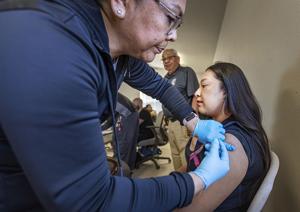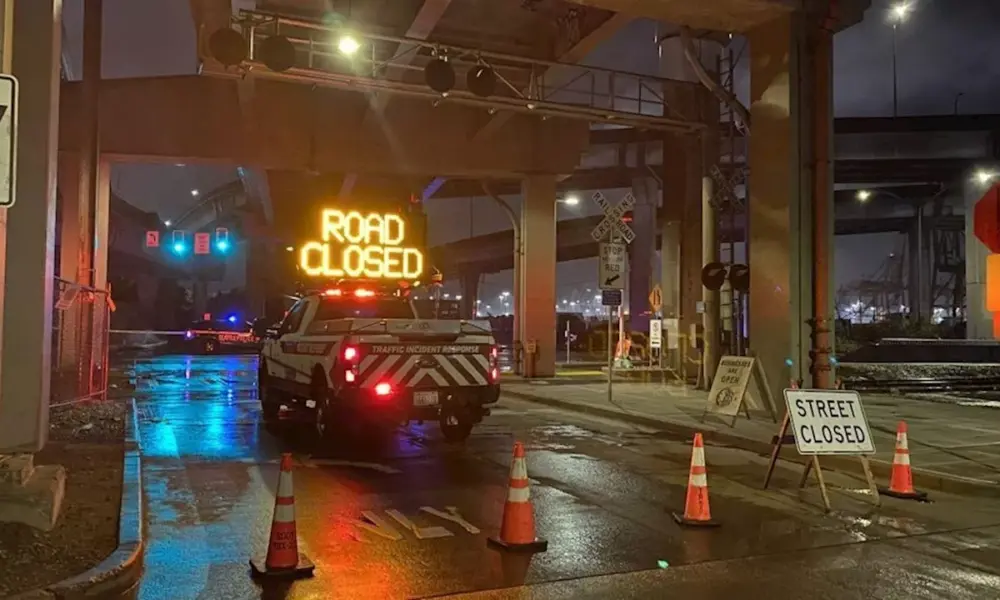New Mexico’s Health Care Authority is seeking public input on how to allocate a significant share of federal funding aimed at enhancing rural health services. This initiative is part of the newly established Rural Health Transformation Program, which features a total investment of $50 billion under the recent federal budget reconciliation law.
The deadline for the state’s application to the U.S. Centers for Medicare and Medicaid Services is set for November 5, 2023. During a public forum on Wednesday, over 250 stakeholders from various medical fields, including doctors, telehealth developers, paramedics, and hospital executives, gathered to discuss priorities for the funding. Key areas of focus included the expansion of behavioral health services, improved resources for mobile and telemedicine, and initiatives to recruit and retain healthcare workers.
Dana Flannery, the New Mexico Medicaid Director, expressed enthusiasm about the alignment between public feedback and the agency’s initial plans. “I’m very excited that a lot of what was stated today aligns with the input we’ve already received,” Flannery remarked. She noted this consistency indicates that the state is on the right path in preparing its application.
The budget reconciliation law, which was signed into law by former President Donald Trump in July, aims to reduce taxes and discretionary spending through 2034. Among its provisions are cuts to Medicaid and food assistance, raising concerns among lawmakers regarding the potential impact on rural hospitals. The New Mexico Health Care Authority estimates that these cuts could lead to the closure of between six and eight rural hospitals in the state by 2028.
To address these challenges, the Rural Health Transformation Program was created to allocate $50 billion over five years, specifically targeting rural healthcare providers. States must prioritize certain areas for funding, including payment to healthcare providers, chronic disease prevention, technological advancements, and expanding access to substance abuse treatment.
Under the program, $25 billion will be distributed equally among all states, with the remaining funds contingent on individual state applications. While New Mexico is preparing to apply for its share of this funding, experts warn that it may not fully offset the losses anticipated from Medicaid cuts. According to analysis from the health research organization KFF, the available funds represent only 37% of the losses expected in rural areas.
During the public meeting, healthcare professionals voiced a pressing need for more medical personnel, from nurses to specialists. In rural communities, access to pediatricians, psychiatrists, and other specialists remains limited compared to urban centers like Albuquerque and Santa Fe. Dr. Larry Shandler from the New Mexico Pediatric Society emphasized the importance of increasing Medicaid reimbursement rates as part of an ongoing effort to attract healthcare providers.
“We’re seeing a decrease in health services in rural areas, and one of the ways to build that is to enhance our telehealth infrastructure,” Dr. Shandler noted. However, some participants cautioned against overreliance on telehealth solutions, highlighting the challenges posed by inconsistent internet access. The Federal Communications Commission reported that approximately 10% of addresses in New Mexico were underserved or unserved as of 2024.
Additionally, the discussion included calls for mobile medical resources such as paramedicine and mobile integrated health clinics. Faith Applewhite, a paramedic from Santa Fe, advocated for the role of emergency medical technicians in delivering healthcare services directly to communities. “We can really be the boots on the ground to deliver that health care,” Applewhite stated, underscoring the potential of mobile services.
Flannery reiterated that the first step toward achieving these ambitious goals is securing the necessary grant funding. “Let’s apply and have a very competitive application so that we can bring home this opportunity,” she concluded.
As New Mexico navigates the complexities of rural healthcare funding, the input gathered from stakeholders will play a crucial role in shaping a strategy that aims to improve services and outcomes for communities in need.






